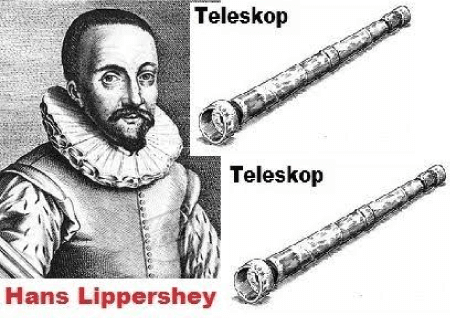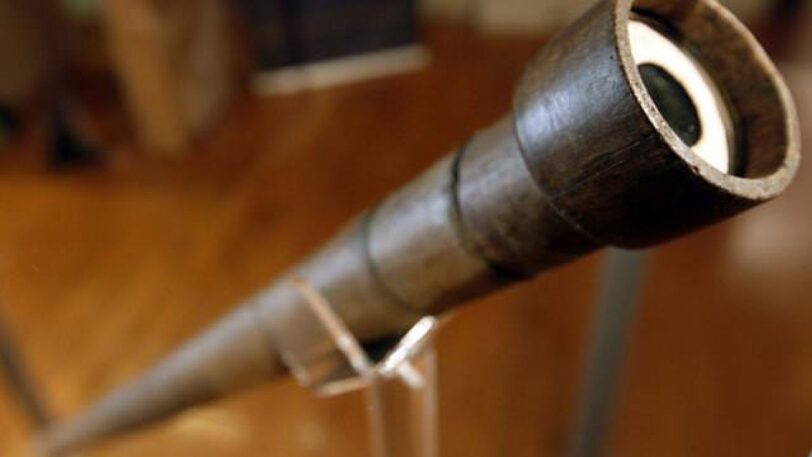The invention of the telescope is one of the most significant breakthroughs in the history of science. It revolutionized astronomy and enabled humans to observe and understand the universe in ways that were previously unimaginable. The telescope has helped us discover new planets, stars, galaxies, and phenomena, and has fundamentally transformed our understanding of the cosmos. But who invented the telescope, and how did this revolutionary instrument come into existence?
The history of the telescope dates back to the early 17th century, when a Dutch spectacle maker named Hans Lippershey filed the first patent for a telescope in 1608. However, there is some debate over who actually invented the telescope, as there were several other inventors around the same time, including Italian astronomer Galileo Galilei and English mathematician Thomas Harriot.

Galileo is often credited with inventing the telescope because he was the first to use it for astronomical purposes and make significant discoveries with it. In 1609, he built his own telescope and observed the moon, discovering that it had mountains and craters. He also observed the moons of Jupiter and realized that they orbited around the planet, not the earth. These observations challenged the geocentric model of the universe, which had been widely accepted for centuries, and provided evidence for the heliocentric model proposed by Copernicus.
The invention of the telescope had a profound impact on astronomy and our understanding of the universe. Before the telescope, astronomers relied on naked-eye observations and simple instruments like quadrants and astrolabes to measure the positions of stars and planets. The telescope allowed them to see much further and in much greater detail, revealing previously unknown objects and phenomena.
One of the most significant discoveries made with the telescope was the realization that the universe is much larger than previously thought. Galileo’s observations of the moons of Jupiter showed that there were other bodies in the solar system that did not orbit around the earth, which challenged the idea that the earth was the center of the universe. Other astronomers used the telescope to discover new stars, nebulae, and galaxies, which demonstrated the vastness of the cosmos and expanded our understanding of its structure and evolution.
The telescope also had practical applications outside of astronomy. It was used for military purposes, allowing soldiers to see distant objects and enemies. It also led to the development of the microscope, which uses similar optics to magnify small objects and revolutionized the fields of biology and medicine.
In conclusion, the invention of the telescope was a pivotal moment in human history. While the exact origins of the telescope are debated, it is clear that it revolutionized our understanding of the universe and enabled us to make new discoveries that would have been impossible without it. Today, the telescope continues to play a critical role in astronomy and remains one of the most important tools for exploring the cosmos.
READ MORE: The Beginner’s Guide to Choosing a Telescope


